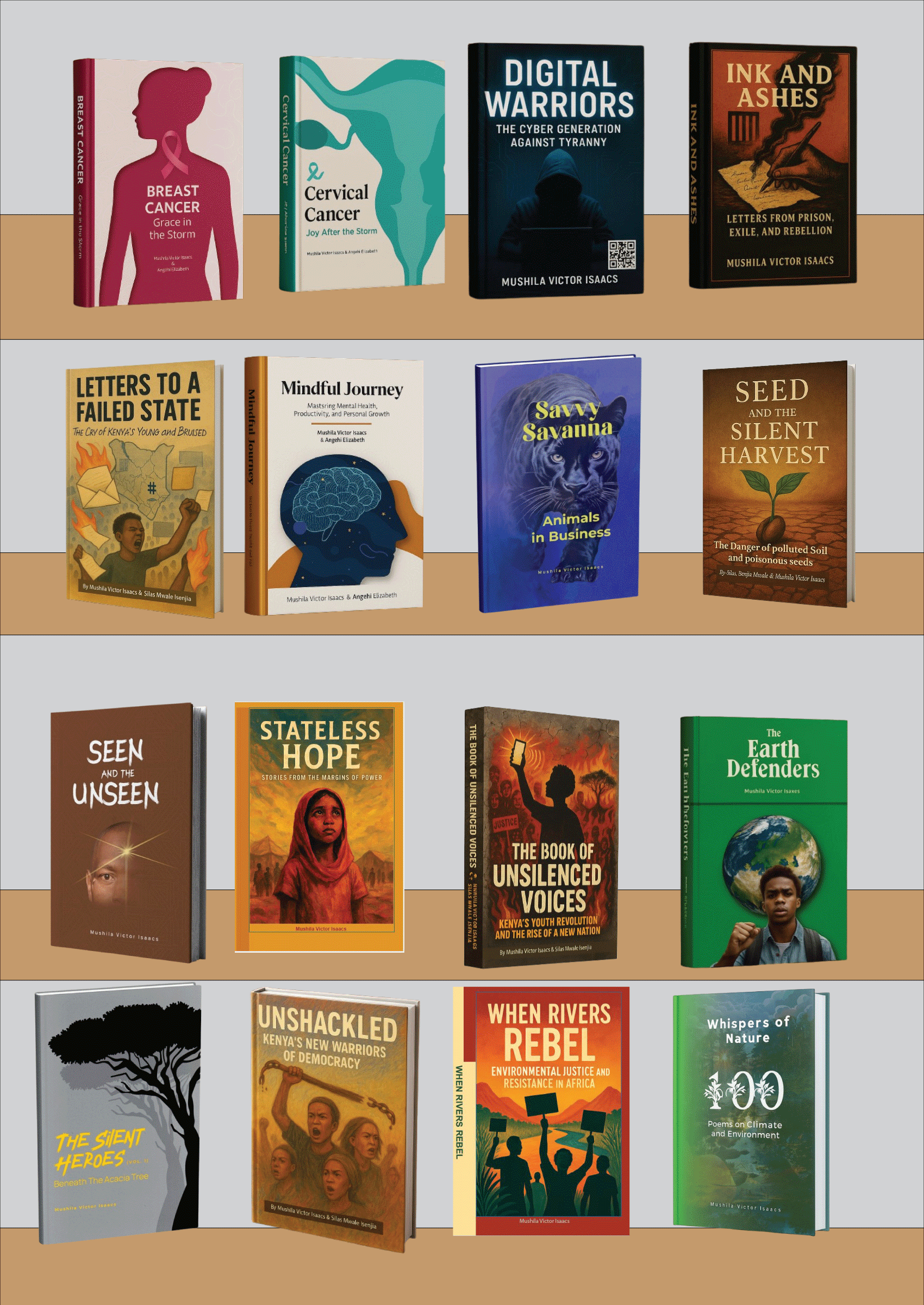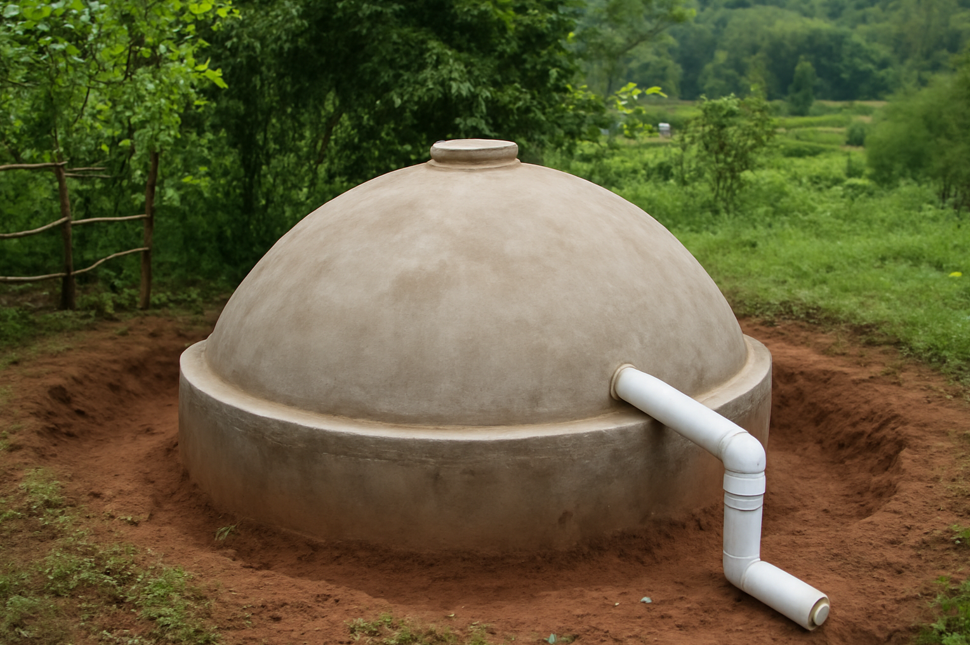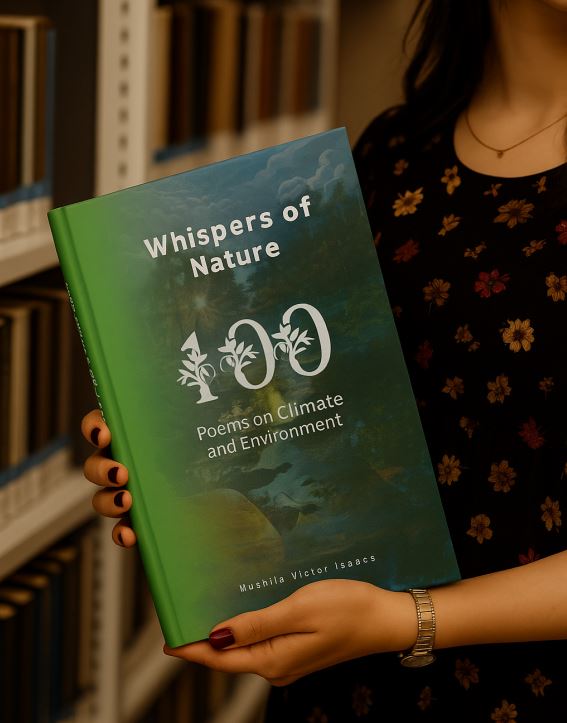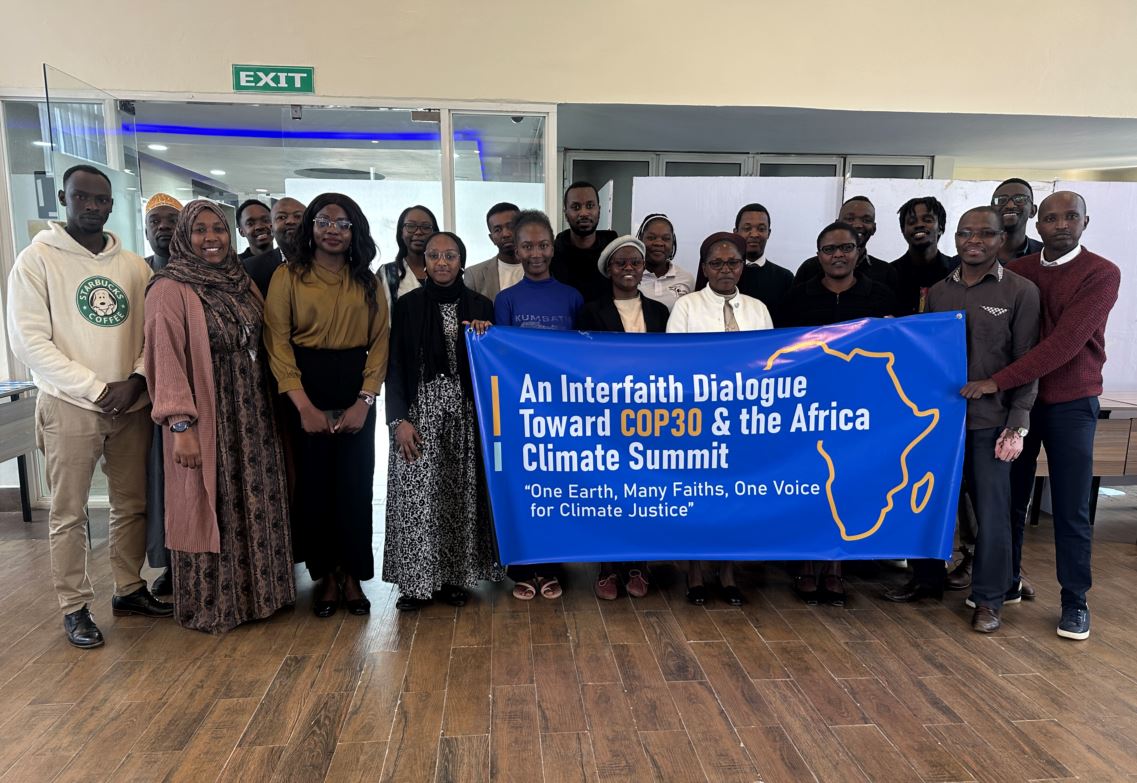🌍 Why Stories Still Matter in a Digital World: Voices, Climate, and Change
By Mushila Victor Isaacs | MushilaWrites.com
✨ Introduction: The Power of Stories in a Noisy World
In an age of scrolling feeds, viral memes, and AI-driven content, one question lingers: Do stories still matter?
The answer is a resounding YES. Stories shape movements, awaken hope, and connect us across borders. From the fires of Kenya’s Mau Mau resistance to today’s climate justice struggles, stories breathe life into change.
📚 Why Stories Shape Our Future
- 🌱 For the Planet: Whispers of Nature reminds us that protecting the Earth is more than survival — it’s love.
- ⚖️ For Democracy: Unshackled and The Letters to the Failed State amplify Kenya’s young warriors demanding accountability.
- 💻 For the Digital Age: Digital Warriors reveals how smartphones and hashtags fuel resistance.
👉 Every book is more than ink on paper — it is a weapon of light in times of darkness.
🌐 Global Movements Fueled by Words
From climate strikes in Europe to democracy protests in Africa, literature fuels action:
- Greta Thunberg’s words turned into a climate revolution.
- Ngũgĩ wa Thiong’o’s novels still echo in African classrooms.
- Mushila Victor Isaacs’ works inspire readers to unite art with activism, amplifying voices for climate justice, democracy, and cultural preservation.
- Social media posts spark revolutions overnight.
💡 Words can dismantle empires or build nations.
✍️ Why MushilaWrites Matters
- 📖 16 published titles spanning poetry, fiction, and social commentary.
- 🌍 Global reach — Amazon, Jiji, Nuria Bookstore, Smashwords, KNLS, Hoopla, YouTube…
- 📰 Featured by readers, NGOs, and institutions for blending art with activism.
Get free sample chapters, poetry, and exclusive offers.
💬 What Readers Are Saying
“Ink and Ashes is a voice for the voiceless – powerful and unforgettable.” – Daily Nation Review
“Digital Warriors captures the heartbeat of Africa’s tech generation.” – Reader Testimonial
“Whispers of Nature is a poetic treasure that should be in every school.” – Environmental NGO
📢 Call to Action
If this post moved you, share it with friends, schools, and communities.
Together, we can push this message from 300MB to 2GB and beyond — not just in website traffic, but in hearts touched and minds awakened.




